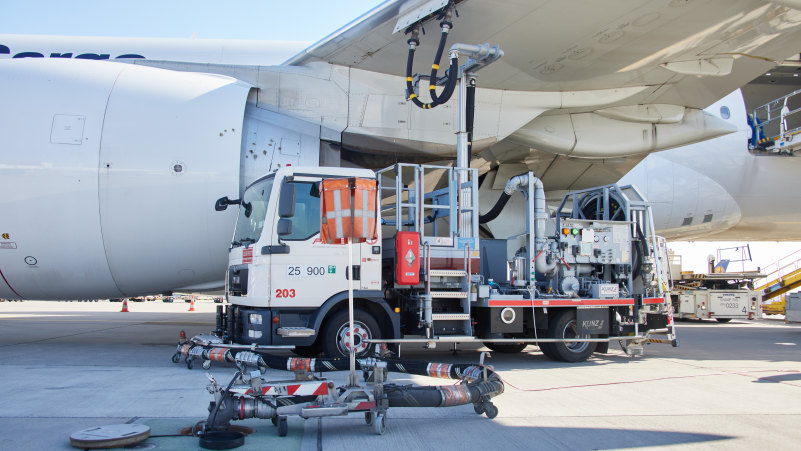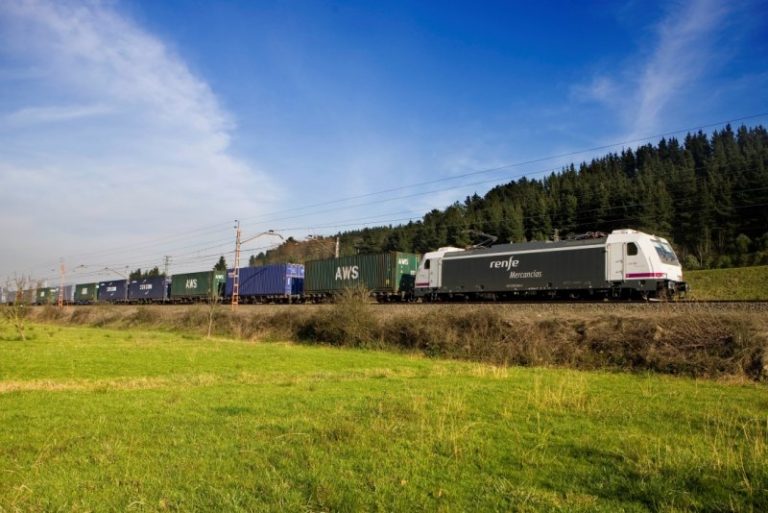Spain is undertaking an extensive program to adapt its major rail routes for combined road-rail transport. Regarded as one of the most significant projects in Europe to promote intermodal transportation via rail, this initiative spans almost the entire Iberian Peninsula. The corridor runs from the Andalusian port of Algeciras to Zaragoza in the northeast, positioning Spain not only as a facilitator of intermodal transport within and towards the European community but also as a bridge to Morocco, linking to the Tangier port.
The total investment remains relatively modest at just under 500 million euros—468 million to be precise—despite significant upgrades required at various points along the network. Adif estimates modifications will be needed for 43 tunnels and 131 road overpasses to accommodate intermodal transports without height restrictions.
The first section to see construction is the northernmost part between Zaragoza and Madrid, accounting for just over a hundred million euros. Here, the network operator plans a comprehensive overhaul, which includes increasing clearance as well as renewing tracks and power supplies.
Contracts have already been awarded for updating and enhancing the signaling and automatic block systems along a significant segment between Zaragoza and Madrid, specifically the 190-kilometer Guadalajara-Calatayud stretch. Further works are planned for 2024, which will cover the rail line from Madrid to Algeciras. This includes extending crossing tracks up to 750 meters to meet European standards at 13 stations.
Once the upgrades are complete, from Algeciras to Zaragoza, Adif anticipates handling up to 12,000 train-km per day, which equates to daily transporting 360 road semi-trailers by rail, thereby reducing road travel by 360,000 kilometers. The service will also encompass the rail line from Zaragoza to Tarragona via Lleida, heading towards Barcelona, a route that experiences the highest freight traffic in Spain with about a hundred trains each direction daily. All necessary routes will be swiftly adjusted for intermodal transport without height restrictions.
Railway developments are also advancing in northern Spain. Adif has completed a 53 million euro program to adapt tunnels along the line from the French border to Astigarraga in the Basque region. Upcoming are the remaining works previously deferred. These are essential for implementing dual gauge—1435 mm international standard alongside the national gauge—to facilitate seamless freight traffic with France. Concurrently, tracks at affected terminals are being adjusted to the European standard module of 750 meters for freight trains.
Piermario Curti Sacchi

































































